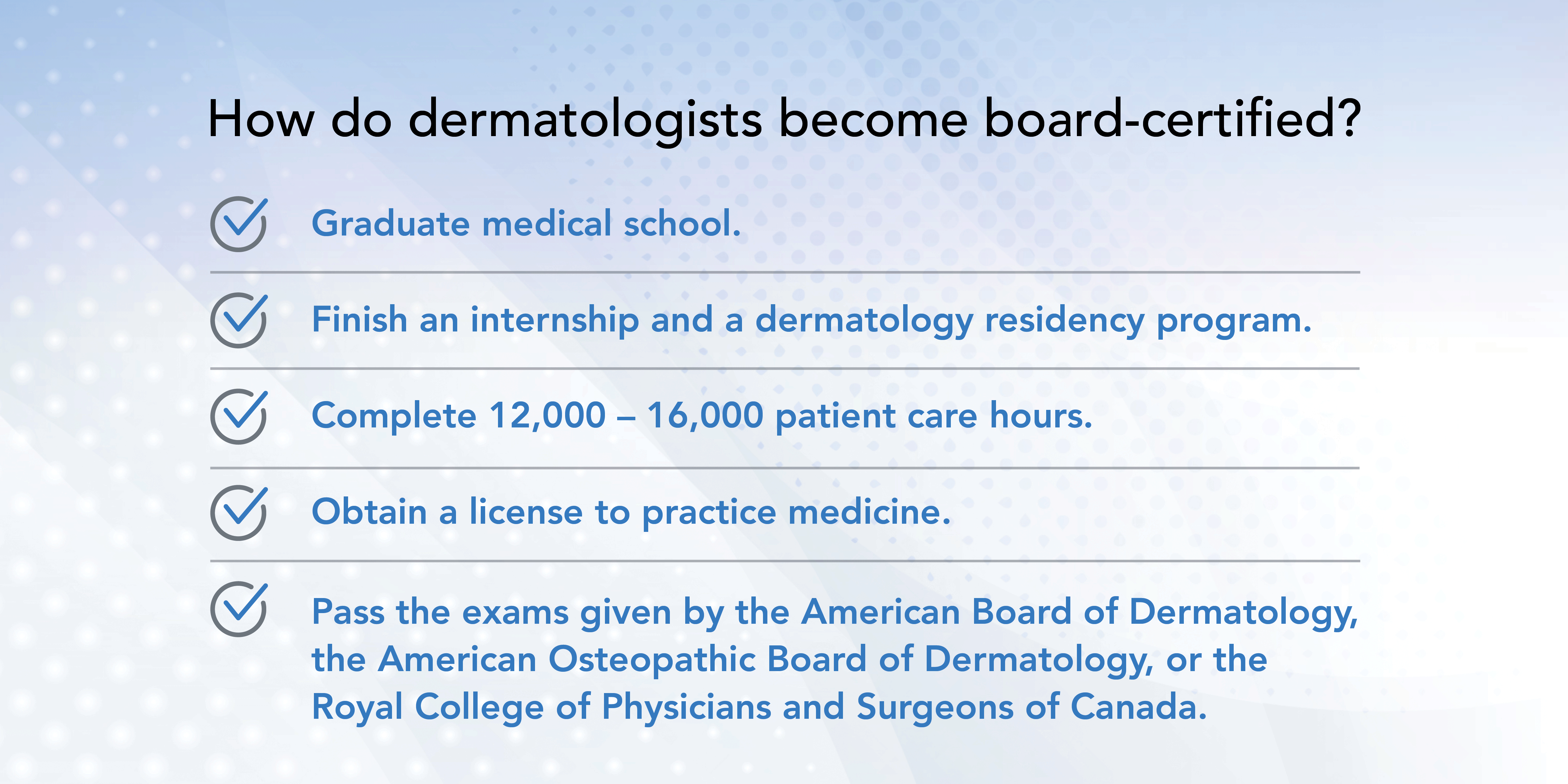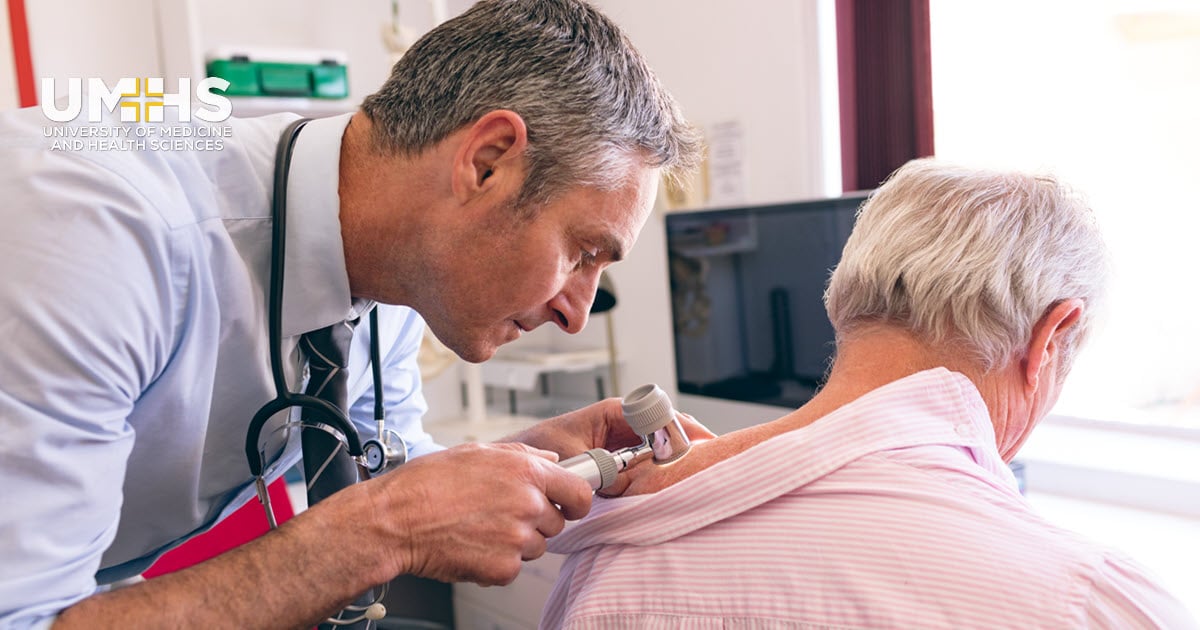Visit a reliable dermatologist to help you with treatments.
Visit a reliable dermatologist to help you with treatments.
Blog Article
Comprehending the Duty of Mohs Surgical Procedure in Treating Skin Cancer Cells: A Comprehensive Guide to Dermatology
As skin cancer cells proceeds to be a pervasive health issue worldwide, cutting-edge treatment strategies like Mohs surgical procedure are gaining prominence in dermatology - mohs surgery. This surgical method's accuracy and high remedy rates make it a standout in dealing with certain kinds of skin cancer, particularly basal cell and squamous cell carcinomas. The following discussion will certainly supply a comprehensive understanding of Mohs surgical procedure, its procedure, and the duty it plays in skin cancer treatment, inviting the readers to explore its benefits and post-operative care
What Is Skin Cancer Cells: Types and Prevalence

Unveiling Mohs Surgical Procedure: A Detailed Summary
Offered the alarming increase in skin cancer cells cases, especially cancer malignancy, the medical neighborhood has developed different approaches to battle this illness. This surgical method is designed to eliminate skin cancer layer by layer, taking a look at each layer for cancer cells till just cancer-free cells stays. Mohs surgery is particularly effective for treating basal cell cancer and squamous cell cancer, the most common kinds of skin cancer cells.

The Procedure of Mohs Surgical Treatment: Step-by-Step Break Down
Indisputably, understanding the procedure of Mohs surgery can help demystify this effective weapon in the fight versus skin cancer. The process starts with the elimination basics of noticeable malignant tissue. The cosmetic surgeon after that extracts a thin layer of added tissue and analyzes it under a microscopic lense. This action distinguishes check my source Mohs surgical procedure from typical methods, as it permits for prompt and comprehensive examination of the drawn out tissue. If cancer cells are detected, the surgeon gets rid of an additional layer from the very same area and repeats the assessment. This cycle continues up until say goodbye to cancer cells are found, guaranteeing the complete elimination of the condition while protecting as much healthy and balanced skin as possible. The injury is then closed and the person starts the healing process.
Benefits of Mohs Surgical Treatment Over Traditional Techniques
Mohs surgical treatment reduces the risk of considerable scarring, a crucial consideration provided the commonly visible area of skin cancers. It offers the benefit of prompt confirmation of complete cancer cells removal, lowering individual stress and anxiety. While more complicated, Mohs surgical procedure is commonly a more effective and patient-friendly technique to dealing with skin cancer than typical methods.

Post-Operative Treatment and Healing in Mohs Surgical Treatment
After undergoing Mohs surgery, the succeeding care and recuperation process holds equivalent importance to the procedure itself. Post-surgery, the wound may be exposed to recover naturally, sewed up directly, or covered making use of skin from one more location of the person's body. The option depends on the dimension and area of the gotten rid of skin cancer cells - chemical peel. Discomfort, though normally moderate, can be taken important source care of with over the counter analgesics. Infection avoidance is critical, so wound care directions given by the cosmetic surgeon must be complied with carefully. Routine follow-up appointments ensure ideal recovery and catch possible indications of cancer cells reappearance early. With proper care, the majority of clients make a full recovery from Mohs surgical procedure within four to six weeks.
Verdict
Mohs surgical procedure is a highly precise and effective approach for treating skin cancer, particularly basic cell and squamous cell carcinomas. With its one-of-a-kind layer-by-layer removal procedure and prompt microscopic exam, it makes certain complete cancer cells eradication while sparing healthy skin.
Report this page